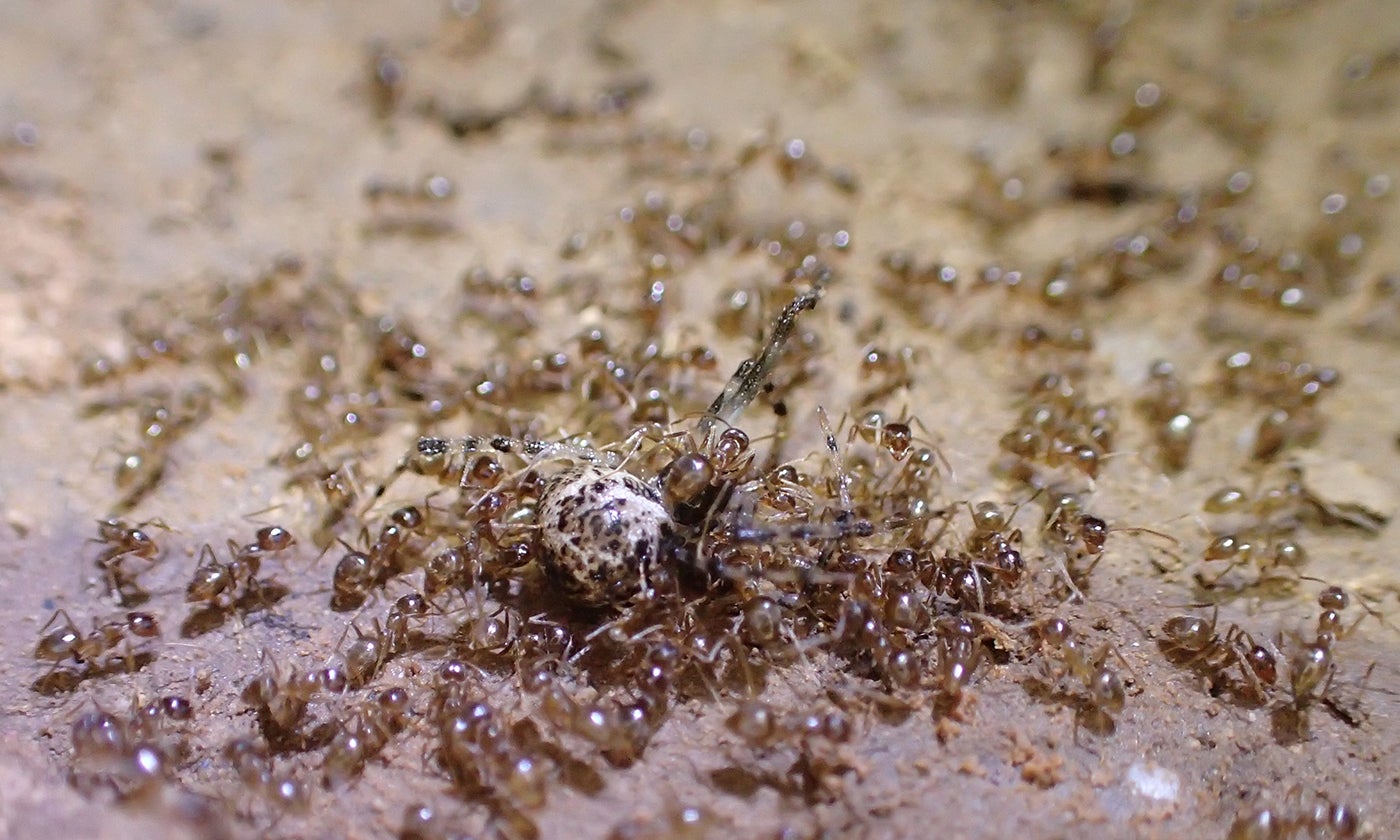News: Research
‘We’re All Asgardians’: New Clues about the Origin of Complex Life
All complex life, a.k.a. eukaryotes, trace their roots to a common Asgard archaean ancestor.
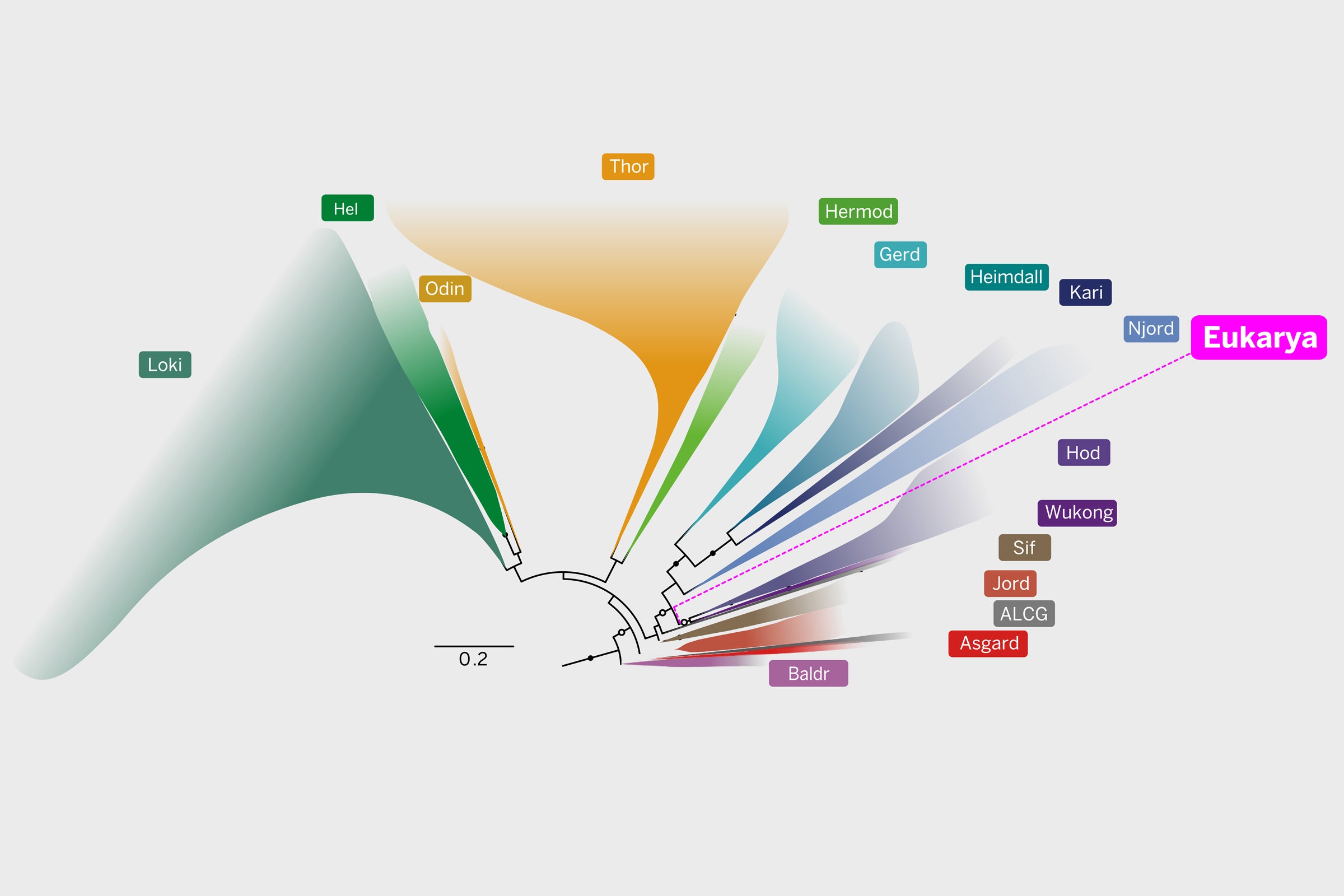
Vulnerable Neighborhoods Bore Brunt of Pandemic Well into its Second Year
A study in PLOS Computational Biology from University of Texas at Austin epidemiologists examined COVID infection and hospitalization rates by zip code.
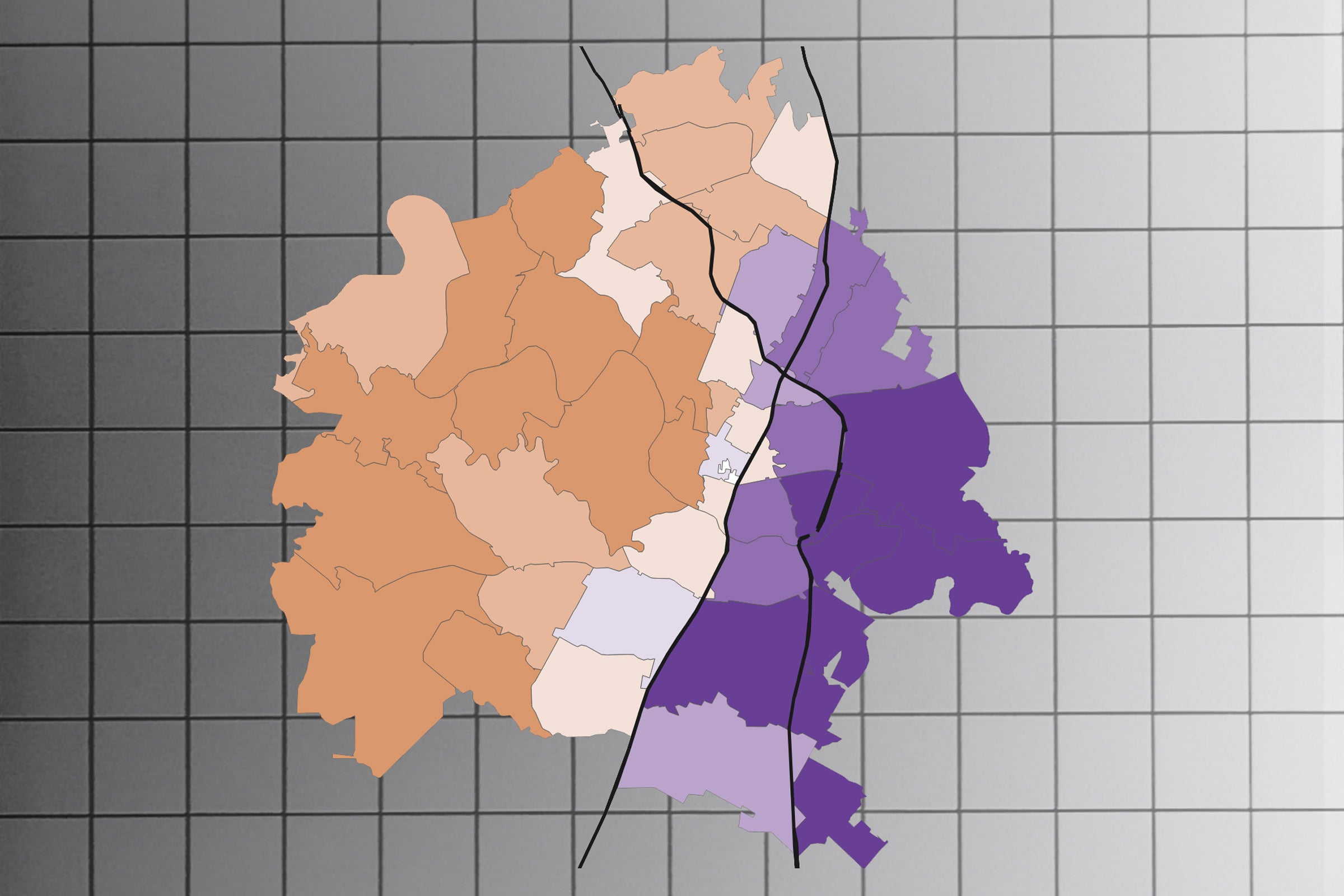
A New Way of Looking at the Differences Between the Sexes
Researchers set out to explain the variation in how the same genes are expressed in men and women.
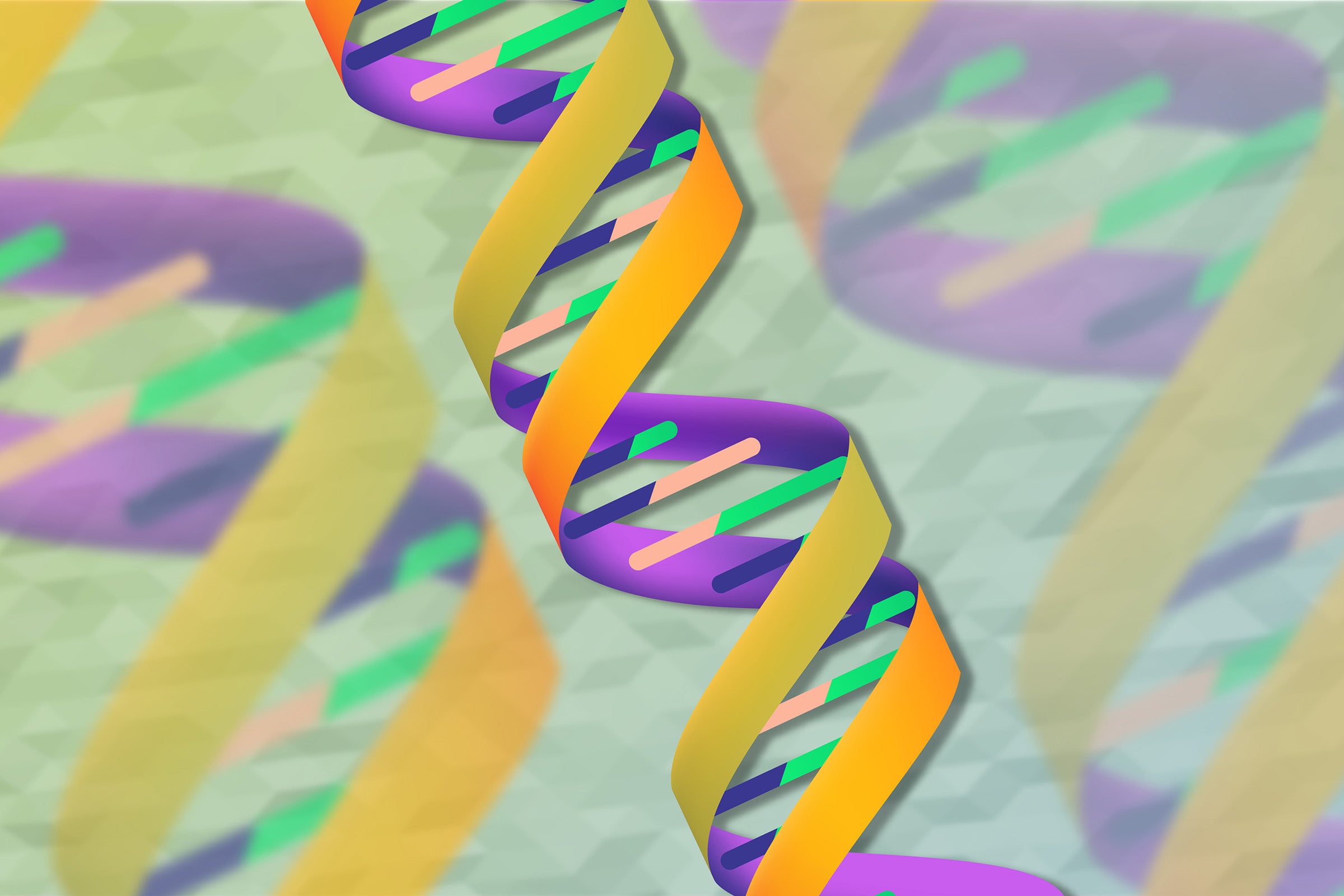
UT News
Invasive Grass in Texas Uses Chemical Warfare to Crowd Out Native Species
An invasive grass causing havoc in Texas and contributing to wildfires packs a one-two wallop against native plants. Guinea grass uses a combination of crowding that blocks out light from growing seedlings and what amounts to a chemical warfare in soil that is toxic to native plants, according to a new study by researchers at The University of Texas at Austin.
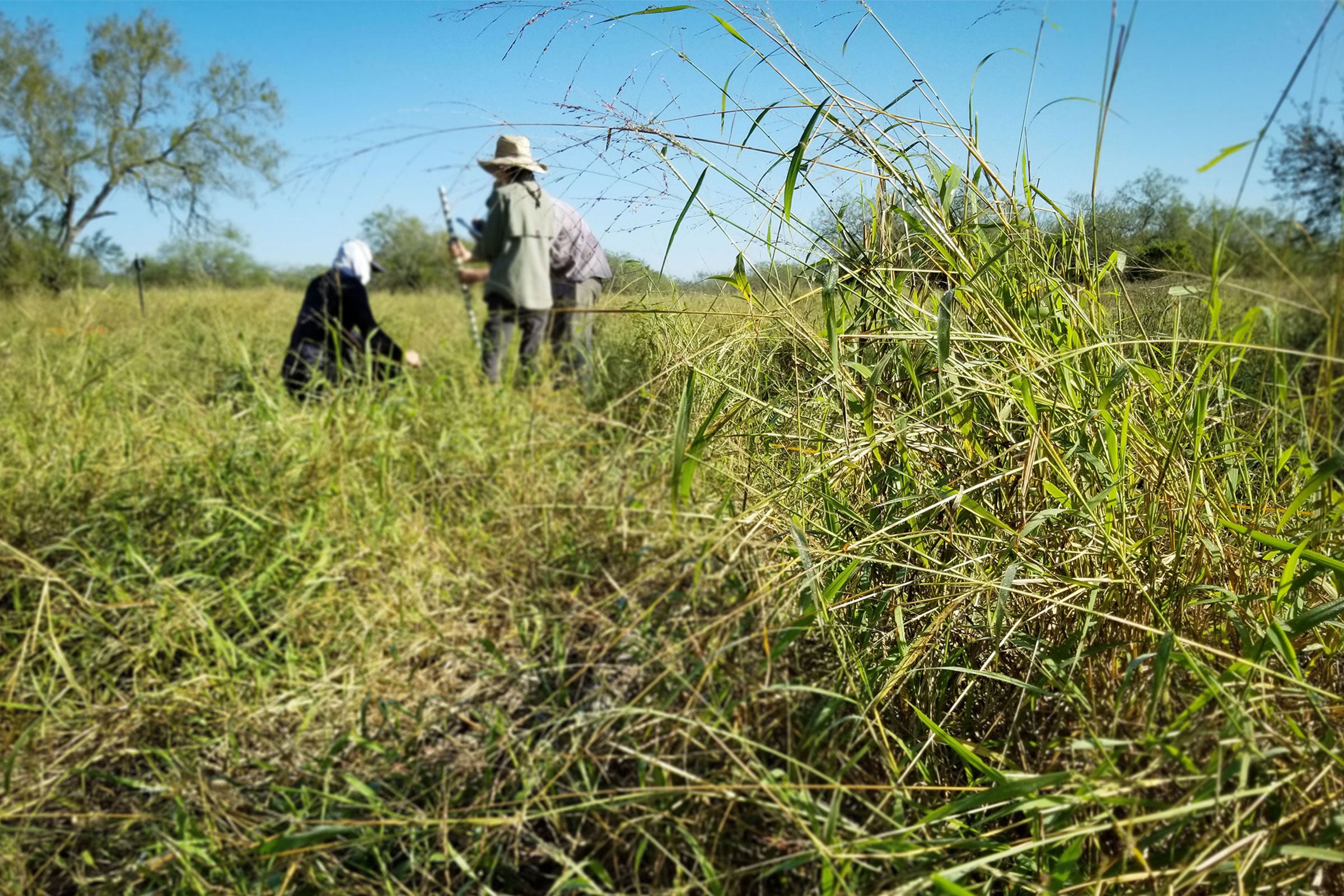
Urban Gardens Are Good for Ecosystems and Humans
Traditionally, it has been assumed that cultivating food leads to a loss of biodiversity and negative impacts on an ecosystem.
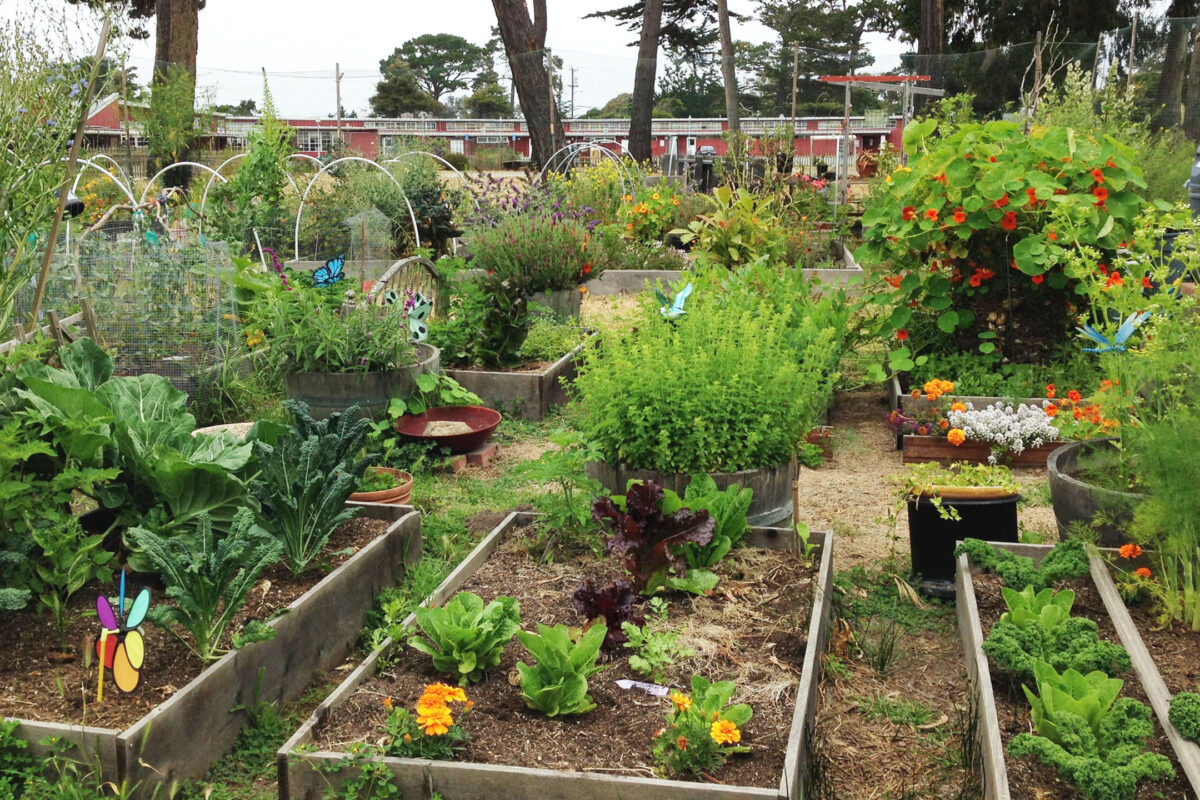
Loss of Reptiles Poses Threat for Small Islands Where Humans May Have Caused Extinctions
A new study has startling conclusions about how, on smaller islands in the Caribbean where human impact was greatest, extinctions have led to the loss of up to two-thirds of the supports for the ecosystem that native reptile species once provided there.
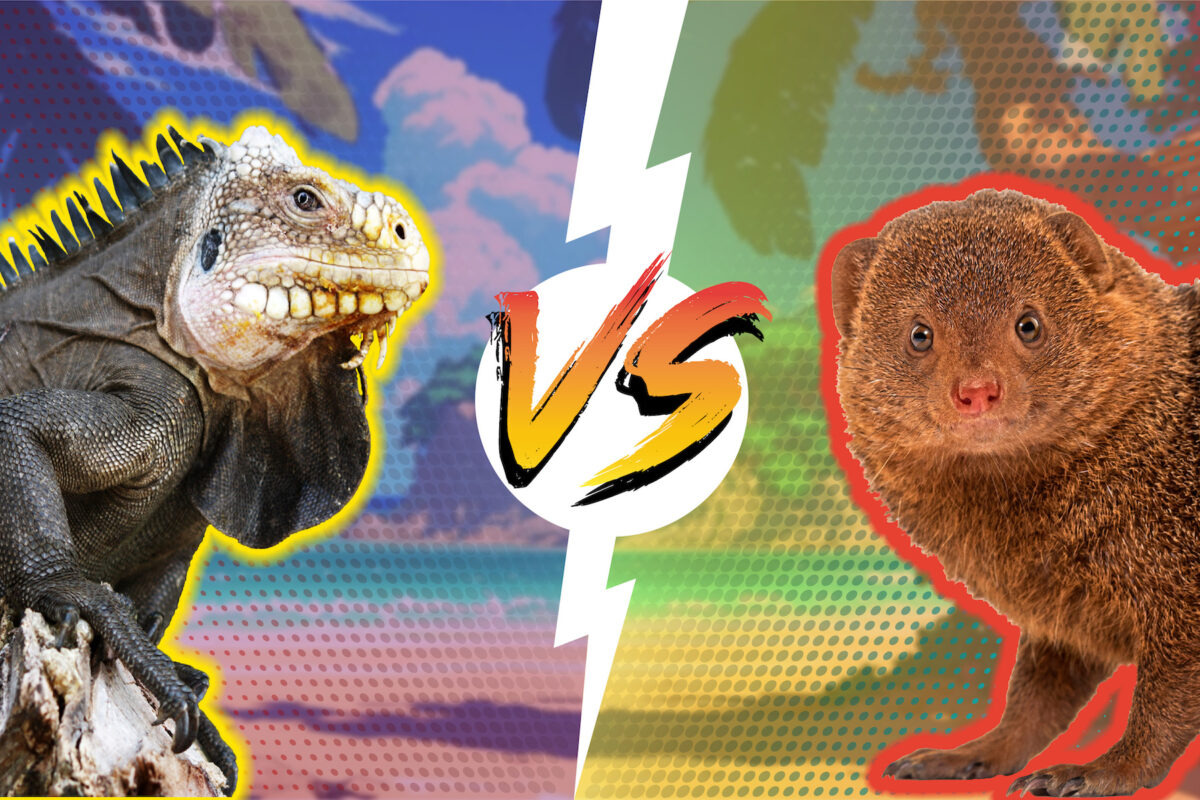
UT News
Holy Bat Memory! Frog-Eating Bats Remember Ringtones Years Later
Frog-eating bats trained to associate a phone ringtone with a tasty treat remembered what they learned for up to four years in the wild.
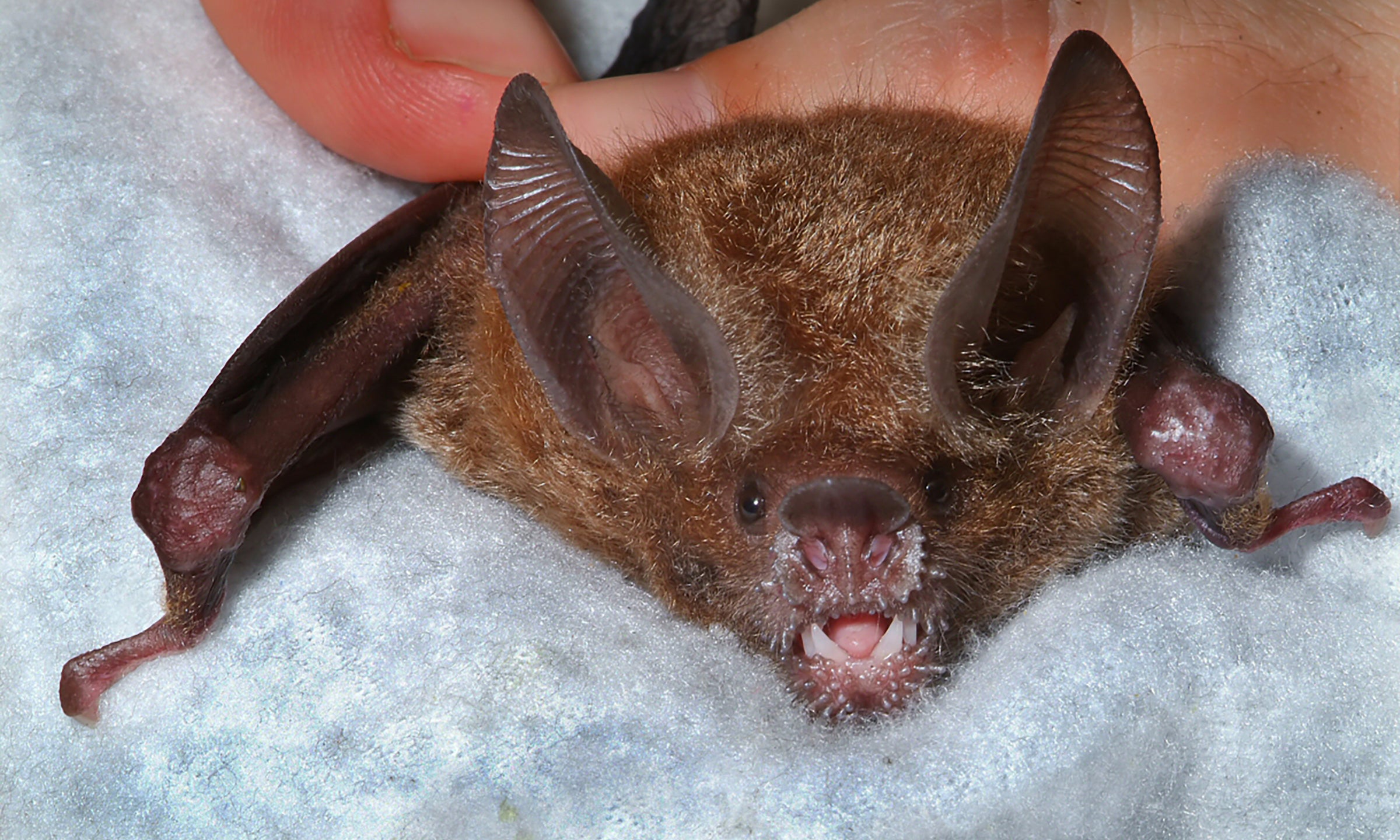
UT News
Legacy of Colonialism Influences Science in the Caribbean
An international collaboration of researchers shows how the legacy of colonialism remains deeply entrenched within scientific practice across the Caribbean.

UT News
How Electric Fish Were Able to Evolve Electric Organs
How small genetic changes enabled electric fish to evolve electric organs.
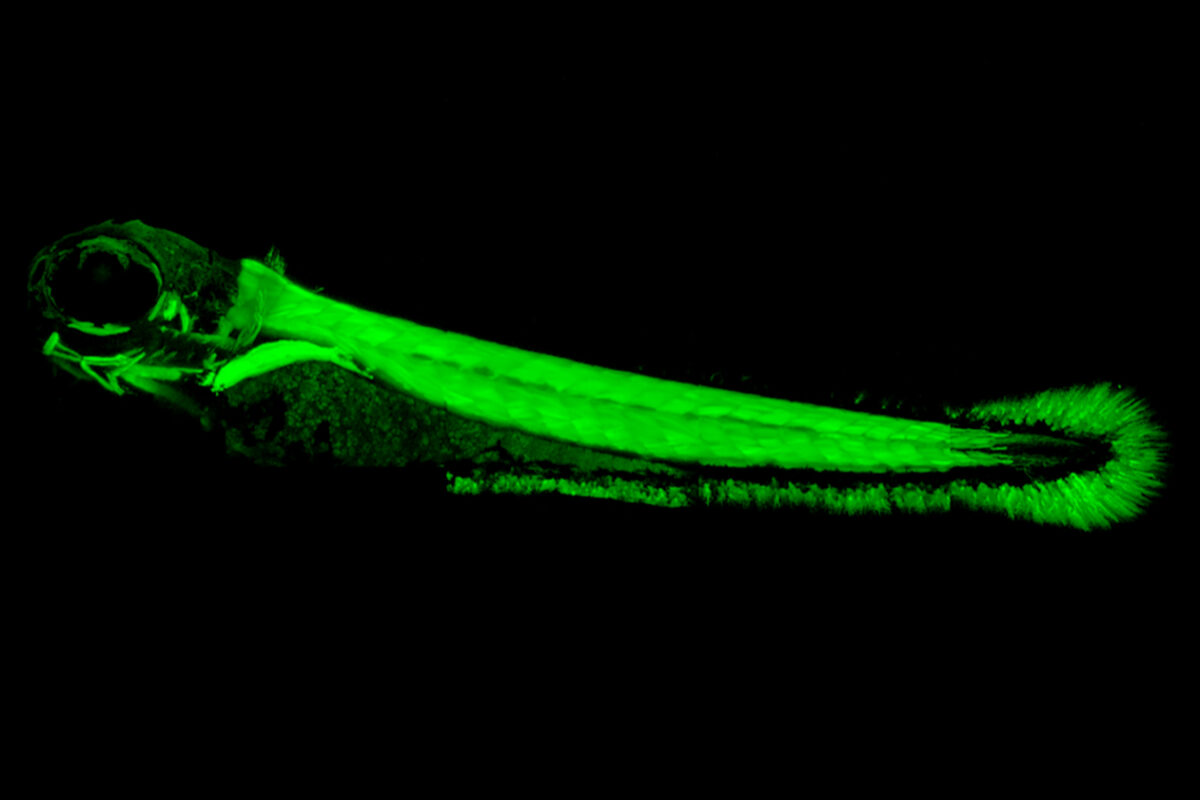
UT News
Invading Hordes of Crazy Ants May Have Finally Met Their Kryptonite
UT Austin scientists have demonstrated how to use a naturally occurring fungus to crush local populations of invasive tawny crazy ants.
